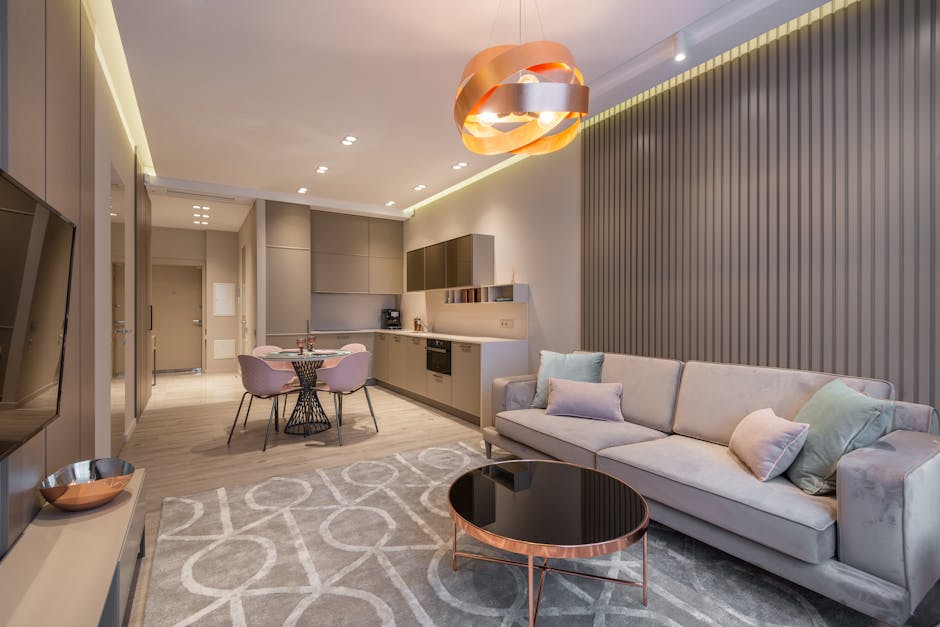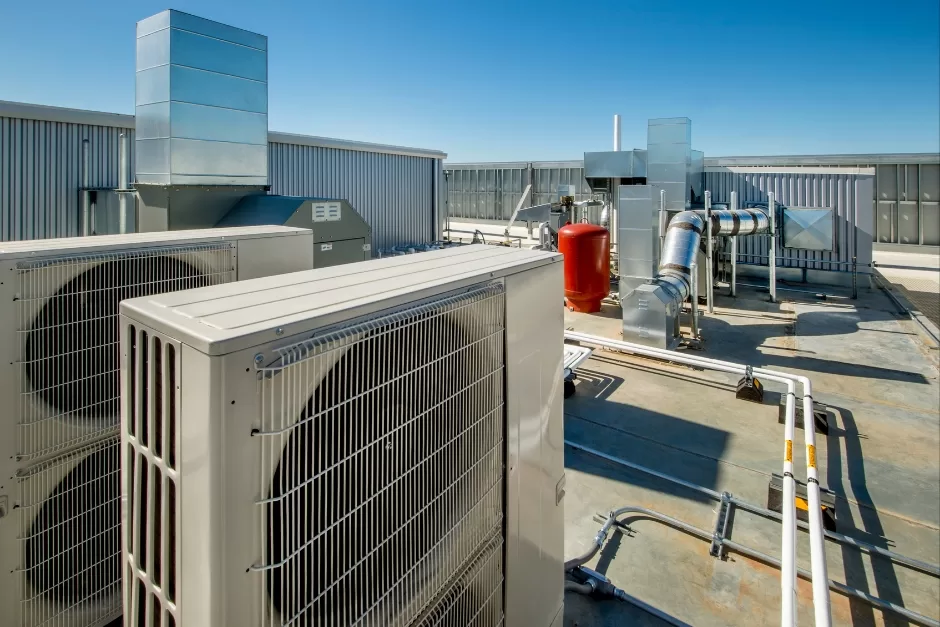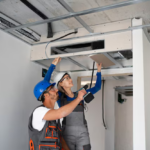What is Zoned HVAC?
Zoned HVAC, or zoning systems, divide your home into different areas that can be controlled independently when it comes to heating and cooling. Essentially, it allows you to set different temperatures for different parts of your house. This means you can customize the climate in each zone to suit your needs, which can lead to energy savings and increased comfort throughout your home.

Benefits of Zoned HVAC Systems
Zoned HVAC systems bring a great advantage by allowing you to control the temperature in different areas of your home individually. This means you can set different temperatures in each room, focusing on where you need it the most, like the living room during the day and the bedrooms at night. With zoned HVAC, you can save energy by not heating or cooling empty rooms. This targeted approach can lead to lower energy bills and enhance your comfort levels at home.
How Zoned HVAC Reduces Energy Bills
Zoned HVAC systems help reduce energy bills by allowing you to control the temperature in individual rooms. This means you can avoid heating or cooling empty rooms, focusing only on the spaces you are using. Zoned HVAC systems also prevent energy waste by adjusting temperature levels based on your specific needs. This targeted approach not only saves energy but also increases comfort levels in your home.
Increased Comfort Levels with Zoned HVAC
Zoned HVAC systems allow you to control the temperature in different areas of your home separately, providing personalized comfort throughout the day. You can set different temperatures for various rooms based on your preferences and usage, ensuring everyone stays comfortable. With zoned HVAC, you can avoid hot or cold spots in your home, creating a more consistently comfortable environment.
Customization and Control in Zoned HVAC
When you have a zoned HVAC system, you get to control the temperature in different areas of your home independently. This means you can customize the comfort levels in each room, tailoring it to your liking. Zoned HVAC systems save energy by only heating or cooling the areas that need it, leading to lower energy bills.
Installation Process of Zoned HVAC Systems
To install a zoned HVAC system, a technician will first evaluate your home to determine the optimal placement of the zoning control panel and individual zone thermostats. The technician will then install dampers in your ductwork to control airflow to each zone. Next, they will connect the dampers to the zoning control panel and set up the thermostats in each zone. Finally, the technician will test the system to ensure proper functioning and teach you how to operate and program the zoning system for maximum efficiency.
Zoning Options and Configurations
Zoned HVAC systems help you control the temperature in different areas of your home independently, which can lead to lower energy bills and higher comfort levels. Here are some zoning options and configurations to consider:
- Single-Zone System: One thermostat controls the temperature for the entire house.
- Multi-Zone System: Multiple thermostats are used to control different areas or zones of the house.
- Smart Thermostat Integration: Smart thermostats can be integrated into zoned systems for more precise control and energy savings.
- Dampers and Zone Controls: Dampers in the ductwork can direct airflow to specific zones, allowing for customized temperature control.
Consider these options to tailor your HVAC system to your comfort needs and potentially reduce your energy costs.
Cost Considerations of Zoned HVAC
Zoned HVAC systems can be more expensive upfront compared to traditional HVAC systems. However, they can lead to long-term savings on energy bills by allowing you to heat or cool only the rooms you use, rather than the whole house. The cost of installing a zoned HVAC system depends on factors like the size of your home, the number of zones you need, and the quality of the equipment. On average, the cost can range from (3,000 to )5,000 per zone, but this initial investment can pay off over time with lower energy costs and increased comfort in your living spaces.
Maintenance Tips for Zoned HVAC Systems
To keep your zoned HVAC system running efficiently, it’s essential to perform regular maintenance tasks. Here are some tips to help you maintain your zoned HVAC system:
- Check and replace air filters regularly to ensure proper airflow and efficiency.
- Inspect the thermostat settings to optimize heating and cooling schedules for each zone.
- Clean the vents and air registers to prevent dust buildup and blockages.
- Schedule annual professional maintenance to ensure all components are functioning properly.
- Monitor zone temperatures to make adjustments as needed for comfort and energy savings.
Summary: Zoned HVAC for Efficiency and Comfort
Zoned HVAC systems divide your home into different heating and cooling zones, allowing you to control the temperature in each area independently. This means you can save energy by only heating or cooling the areas that are in use, rather than the whole house at once. Zoned HVAC systems also provide personalized comfort, as each zone can have its own temperature setting. By improving energy efficiency and comfort levels, zoned HVAC systems offer a smart solution for modern homes.




